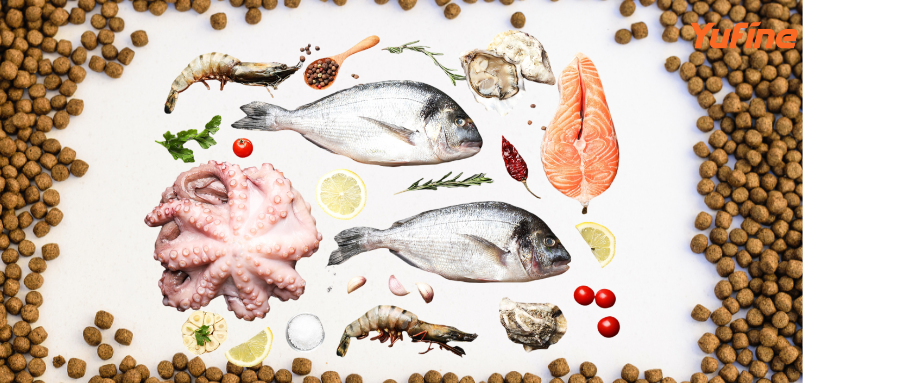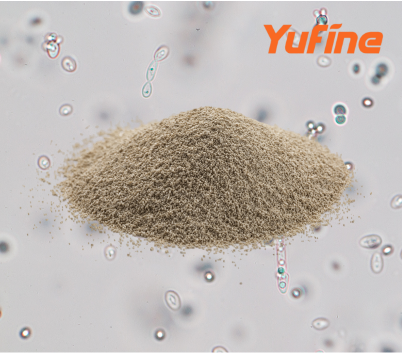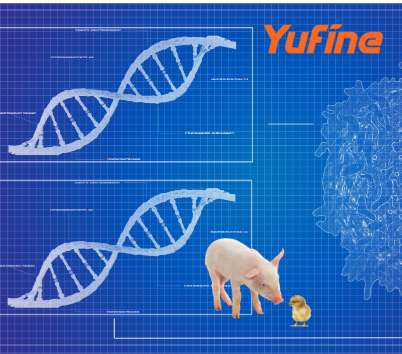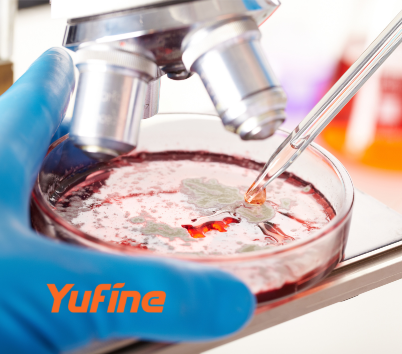 Innovations in Aquatic Feed Proteins
Innovations in Aquatic Feed Proteins
The innovation of protein sources for aquatic feed is a critical area of focus within the aquaculture industry, driven by the need to ensure sustainable practices and meet the growing global demand for seafood. Here are some key innovations that have emerged:
1. Single-Cell Proteins (SCP)
**FeedKind Protein**: Developed by Calysta and its joint venture with Adisseo, FeedKind is produced through an advanced proprietary fermentation process using natural gas as the substrate. This technology offers a highly efficient, land and water-saving method of producing high-quality protein without relying on traditional agricultural inputs.
**Microbial Fermentation**: Other forms of SCPs are derived from bacteria, yeast, or algae grown on various substrates such as molasses, methanol, or even waste gases. These proteins are rich in essential amino acids and can be tailored to match the nutritional requirements of different species.
2. Insect-Based Proteins
**Black Soldier Fly Larvae (BSFL)**: BSFL are increasingly recognized as a valuable alternative protein source due to their rapid growth rate, high conversion efficiency, and ability to thrive on organic waste streams like food scraps or manure. They provide a sustainable and cost-effective option while reducing environmental impact.
**Mealworms and Crickets**: These insects also serve as excellent protein sources, offering good digestibility and nutrient profiles suitable for aquatic animals.
3. Plant-Based Proteins
**Legumes and Oilseeds**: Soybean meal remains one of the most commonly used plant-based proteins in aquafeed. However, newer options like peas, lentils, chickpeas, and canola are gaining traction owing to their lower allergenicity and better amino acid balance compared to soy.
**Cultivated Microalgae**: Certain microalgae species contain high levels of proteins along with omega-3 fatty acids, making them ideal candidates for enhancing both nutritional value and sustainability in aquafeed formulations.
4. Genetically Modified Organisms (GMOs)
**Enhanced Crops**: Genetic engineering techniques allow for the development of crops with improved traits such as higher protein content, enhanced digestibility, or fortified nutrients specifically beneficial for aquatic organisms.
**Synthetic Biology Approaches**: Engineering microorganisms to produce specific peptides or enzymes can lead to customized functional ingredients that support optimal health and performance in farmed fish and shrimp.
5. By-Product Utilization
**Fish Processing Waste**: Converting fish processing by-products into valuable protein concentrates via enzymatic hydrolysis or other methods not only recovers resources but also minimizes waste disposal issues.
**Food Industry By-Products**: Incorporating residues from fruit juices, cereals, or bakery products into aquafeed formulations provides another avenue for recycling and valorizing underutilized biomass.
6. Novel Extraction Methods
**Cold Plasma Technology**: This innovative approach allows for the gentle extraction of proteins from raw materials without denaturing them, preserving their biological activity and functionality.
**Supercritical Fluid Extraction (SFE)**: SFE uses environmentally friendly solvents at supercritical conditions to isolate proteins efficiently from plant or animal tissues.
### Case Studies and Implementation Examples
**Adisseo & Calysta Joint Venture**: The partnership between Adisseo and Calysta exemplifies how collaboration between established players and startups can accelerate the commercialization of breakthrough technologies like FeedKind protein.
**Economix Product by TECHNA**: This additive has demonstrated success in reducing reliance on fishmeal and optimizing protein utilization in aquafeed, leading to improved economic outcomes for farmers.
**Research Initiatives Led by Experts Like Dr. Mai Kangsen**: Efforts spearheaded by leading researchers aim to address challenges related to protein supply through disruptive approaches, including single-cell proteins and novel plant-based alternatives.
### Future Outlook
As the aquaculture sector continues to grow, innovations in aquatic feed proteins will play a pivotal role in ensuring long-term sustainability and competitiveness. Continued investment in R&D, coupled with supportive policies and stakeholder engagement, will be essential for realizing the full potential of these emerging technologies. The integration of cutting-edge science with practical applications promises to revolutionize the way we produce and consume seafood, paving the way for healthier ecosystems and more resilient food systems.








